Blog
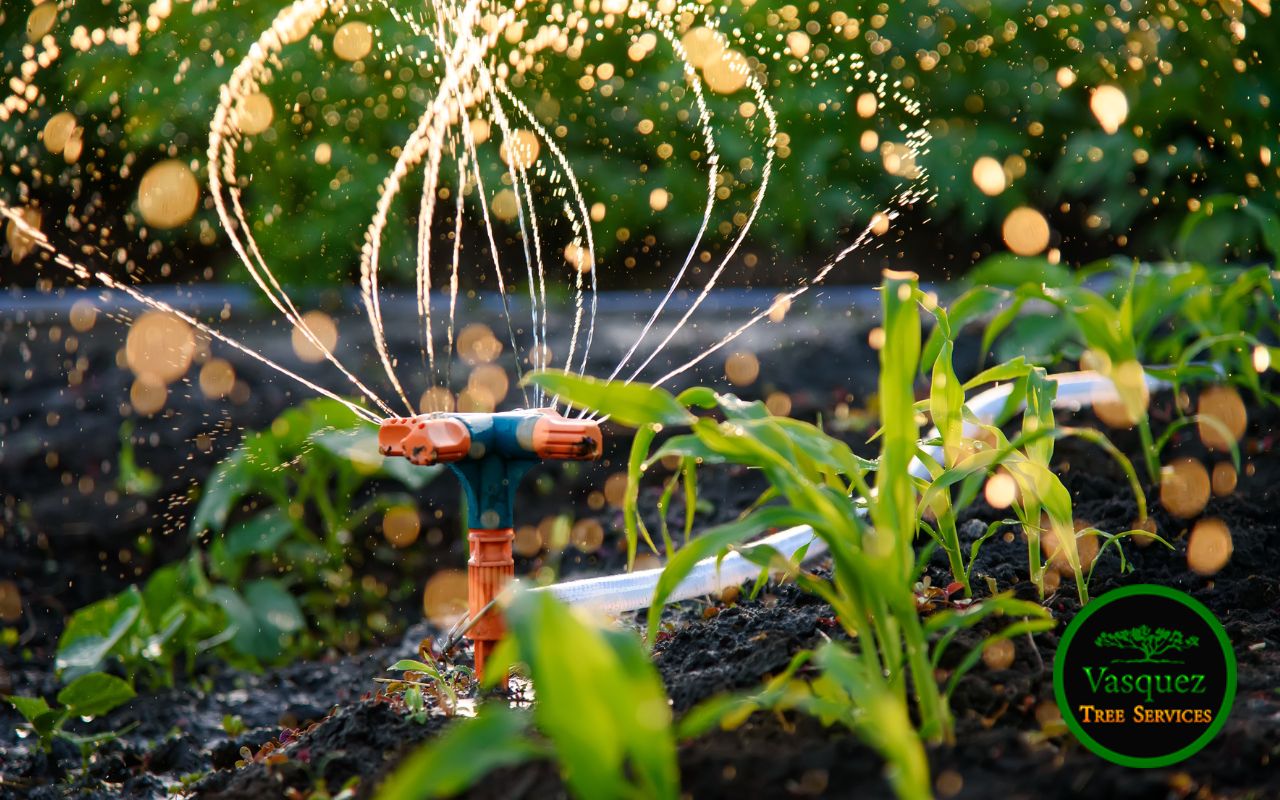
Tree Watering System: The Best Way to Keep Trees Healthy
A tree watering system ensures deep hydration for strong roots. Discover the best methods to keep your trees healthy and thriving.
Read More >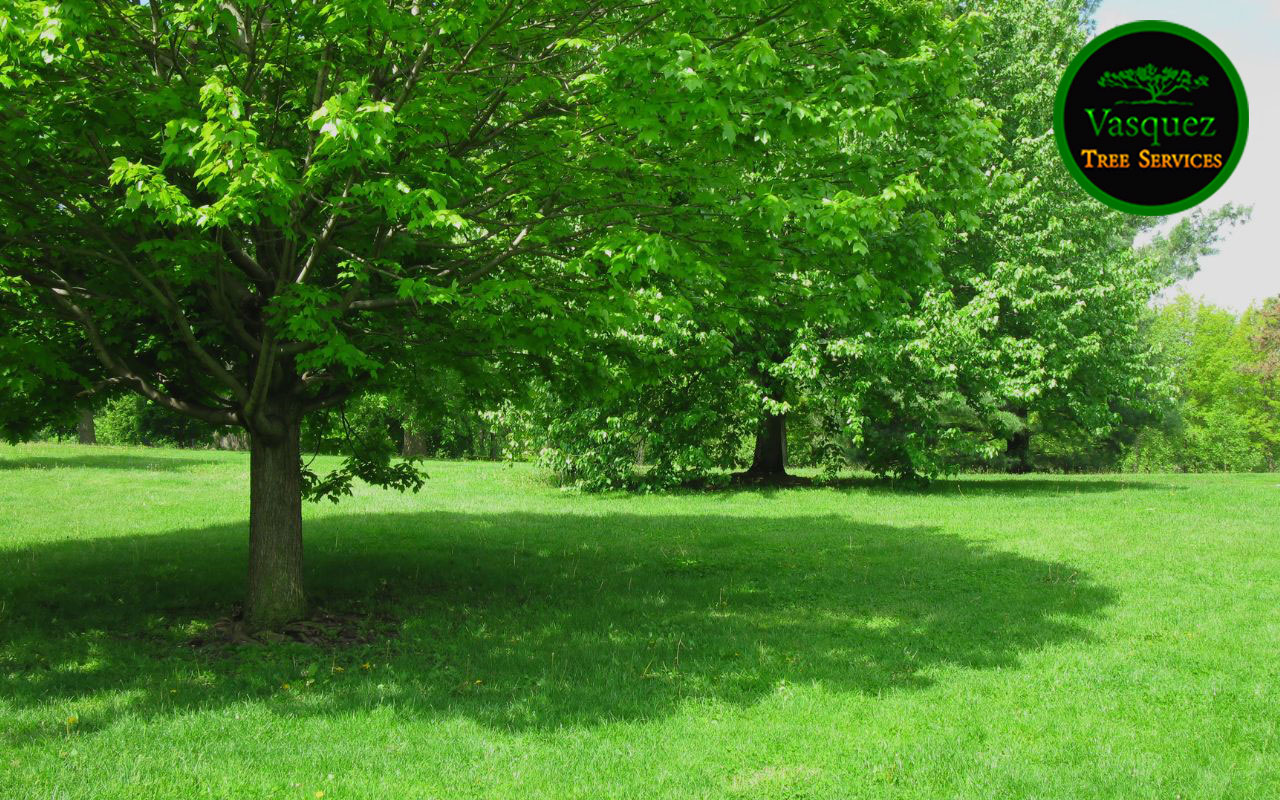
Best Trees for Shade in Little Rock – A Homeowner’s Guide
The Arkansas sun can be intense, making shade essential for comfort. If your yard feels too hot, you need relief. Planting the best trees for shade in Little Rock can cool your home, reduce energy costs, and boost your outdoor space. But not all trees are the same. Some grow fast, while others provide year-round coverage. Choosing the right one is key. In this guide, you’ll learn which trees thrive in Little Rock, how to pick the best one, and ways to keep them healthy.
Read More >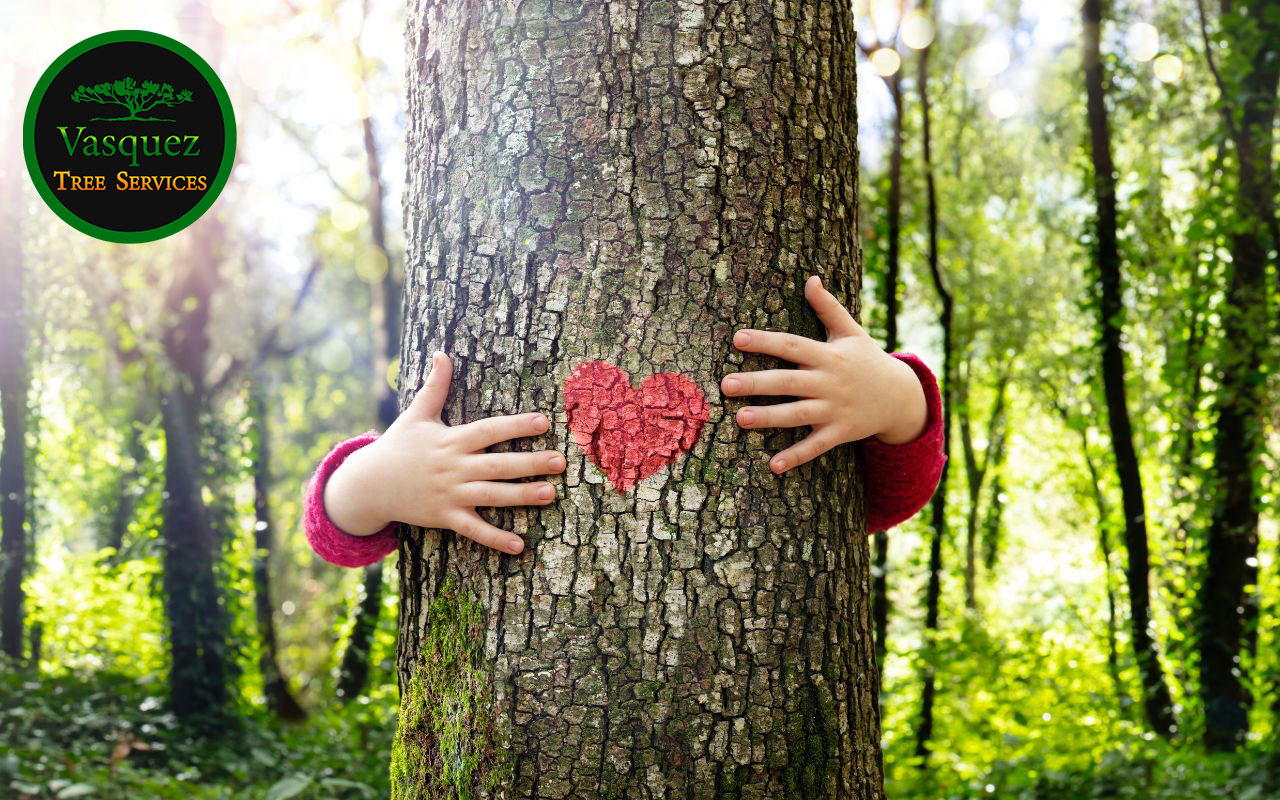
Top Signs Your Tree Needs Immediate Care
Your trees are an important part of your property, but sometimes they need extra attention. Recognizing the signs your tree needs immediate care can prevent safety hazards and costly damage.
Read More >
Safe Tree Removal Practices for Little Rock Homeowners
Removing a tree can be tricky, especially if you don’t know how to do it safely. Following safe tree removal practices in Little Rock is essential to protect yourself, your property, and others. Many homeowners attempt to remove trees on their own but face risks they didn’t expect. That’s why understanding the right tools and […]
Read More >
Common Tree Diseases in Little Rock You Should Know
Trees are vital to our environment, offering beauty, shade, and ecological benefits. However, they are susceptible to various diseases that can weaken their health and reduce their lifespan. Recognizing and addressing these issues promptly is essential for maintaining a vibrant and thriving landscape. In Little Rock, tree diseases can be caused by fungal infections in […]
Read More >
Discover the Best Time to Prune Trees in Little Rock
Keeping your trees healthy and beautiful requires knowing the best time to prune trees in Little Rock. Pruning at the right time helps trees thrive and grow properly. But many people don’t know when to prune or how to get started. Fortunately, Little Rock’s climate offers specific windows for optimal pruning, and by following a […]
Read More >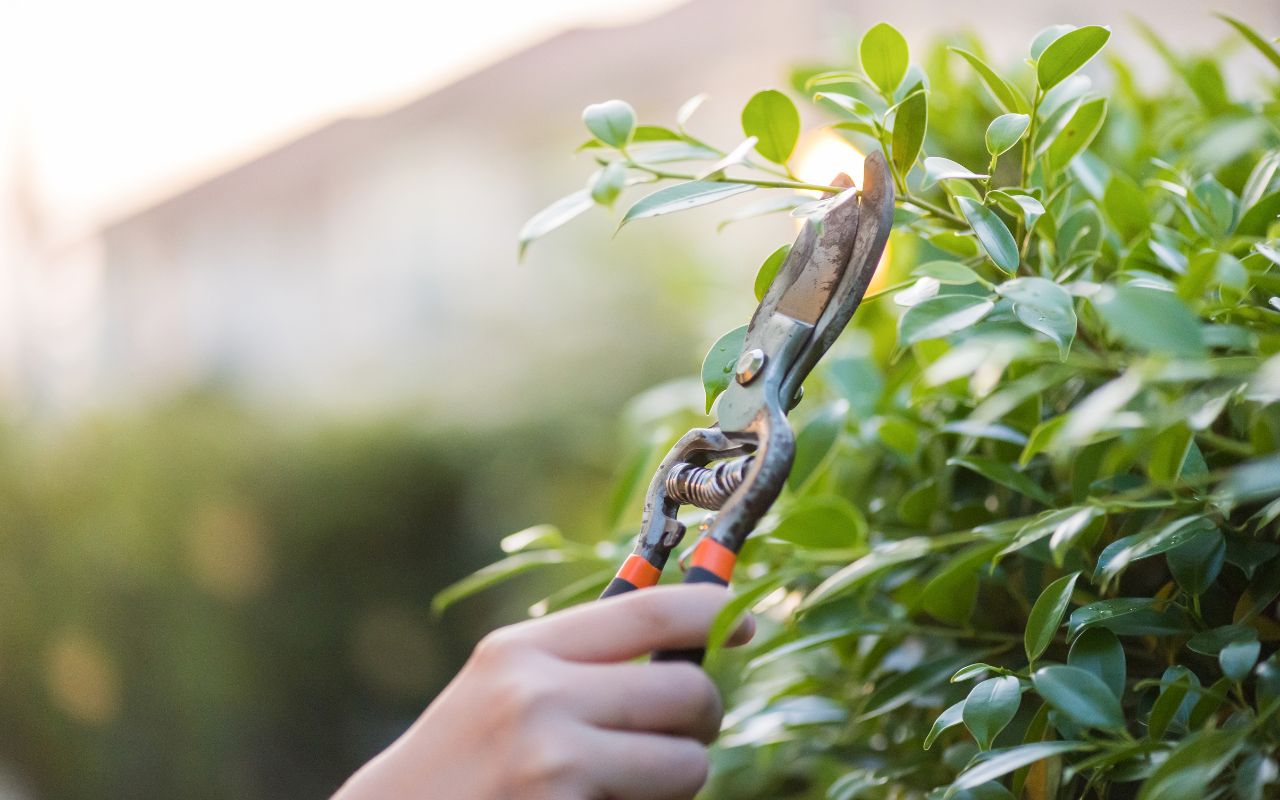
Tree Pruning Benefits in Little Rock: Keep Trees Healthy
Have you noticed your trees looking overgrown or uneven? Many homeowners in Little Rock struggle to keep their trees in good shape. Understanding tree pruning benefits in Little Rock can help you maintain a healthy and beautiful yard. Regular pruning improves tree health, enhances safety, and boosts aesthetics. In this blog, we’ll explore how tree pruning can make a difference and why it’s essential for your landscape.
Read More >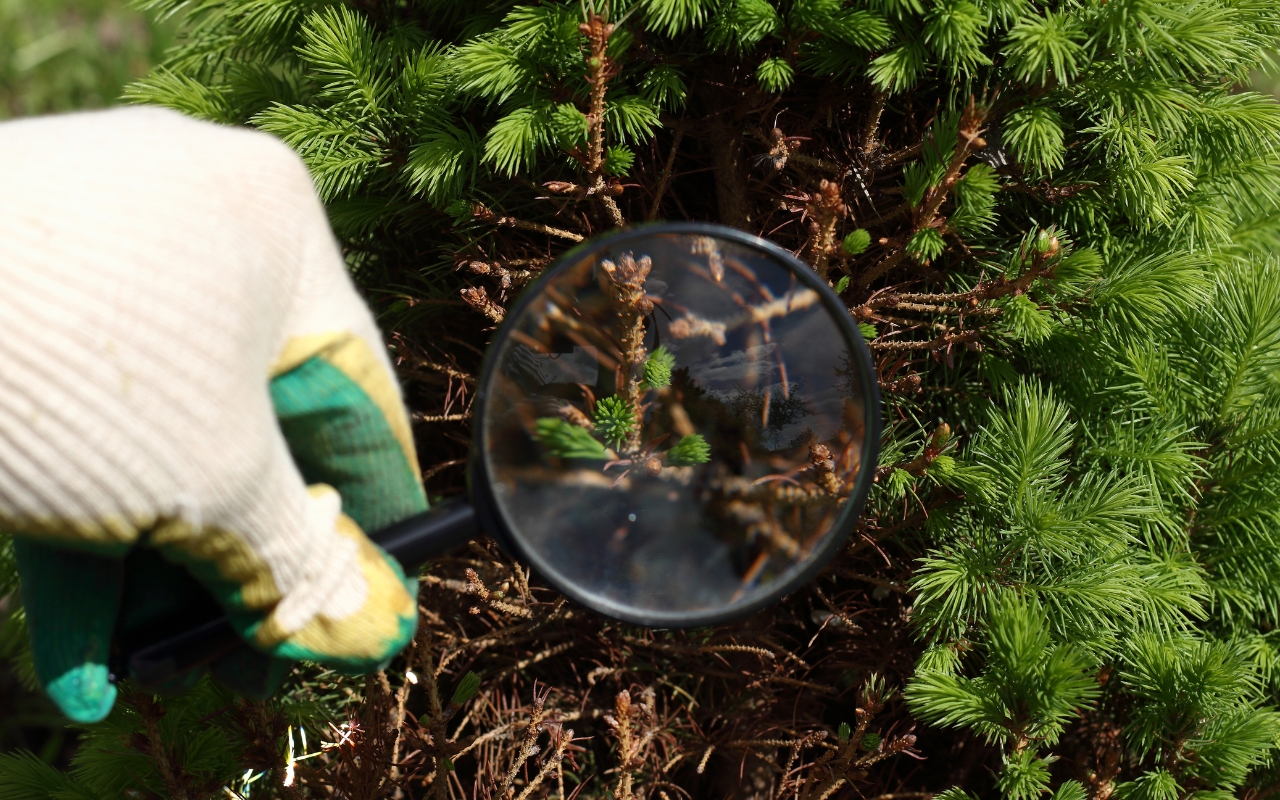
Essential Tree Health Tips: Keep Your Trees Thriving
Are you concerned about the health of your trees? Ensuring your trees thrive is more than just an aesthetic choice—it’s about protecting your property and investing in the long-term beauty of your landscape. With the right tree health tips, you can avoid costly damage, enhance your curb appeal, and enjoy knowing your trees are well-cared for.
Read More >
Best Tree Planting Times: A Guide
Have you ever wondered about the best tree planting times in your region? Selecting the right season makes all the difference for your gardening success. Imagine planting a sapling and watching it thrive, blooming fully by the season’s turn. This scenario isn’t just a dream; understanding the optimal planting windows can turn it into your reality.
Read More >
Safe Tree Removal Techniques
Removing trees safely demands careful planning and skilled execution. Our guide, “Introduction to Safe Tree Removal,” explores crucial techniques that protect personnel and property. You will also learn how to properly plan, carry out, and finish tree removal tasks to avoid harming your yard. This guide shows essential tools, methods, and safety measures that make tree removal safer and more efficient.
Read More >


